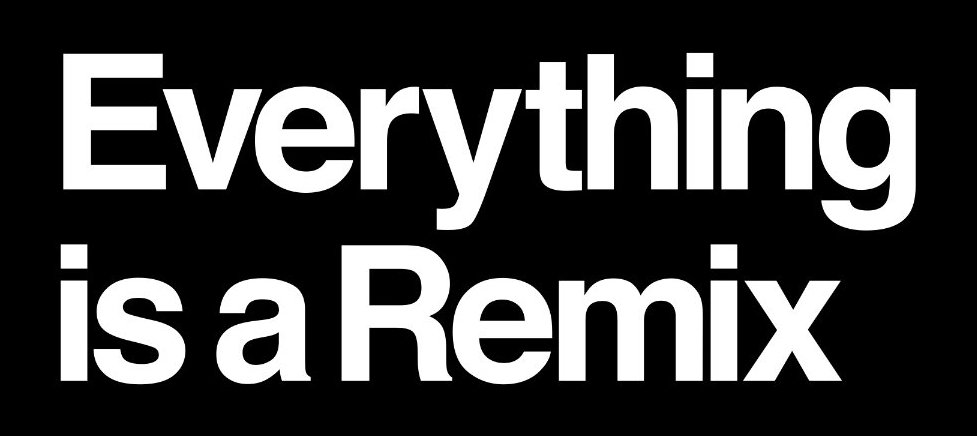The 1 + 1 = 3 Method
Will Chau presents his 1 + 1 = 3 Method
Here’s an underexposed idea generation technique I just came across. It's by the designer Will Chau and he calls it The 1 + 1 = 3 Method. You can watch Chau's full presentation here.
First a disclaimer: there are no reliable formulas for creativity. Creativity is an innately mysterious act. It's a black box. But this doesn't mean you can't have some tools you reach for. Very often they won't work, but sometimes they will and that's where they earn their keep.
A press operator pulls the screw mechanism of an early printing press
A common feature of innovations is that they find connections nobody else could see. For instance, Johannes Gutenberg integrated a winemaking technology, the screw press, into the first printing press. For centuries this possibility was sitting there waiting to be discovered. Nobody saw the connection, perhaps because winemakers weren't interested in printing and printers weren't interested in winemaking. This is why creativity benefits from diverse interests.
Chau uses Banksy as an example of an artist who focuses on unusual connections, like the anarchist hurling a bouquet.
Banksy juxtaposes an anarchist with a bouquet of flowers
Chau's method focuses on this element, the unseen connection. Here are the four steps in brief, then I'll illustrate with an example.
The 1 + 1 = 3 Method (Slide by Will Chau)
1) Define the Problem
Real simple: what is the problem you're trying to solve? And yes, it is a problem. If you think it's not, find the problem.
2) Pinpoint the Tension
This is where we start finding those weird links. Look for the elements that don't fit together, that seem opposed. Find two contrasting elements and isolate them.
3) List the Associations
This is a brain dump. List the words and ideas that are related to these two contrasting elements. Nothing is wrong, let rip whatever springs to mind.
4) Connect the Dots
From the two lists you just generated, connect an item from one list to an item in the other.
Let's walk through an example to clarify. This is an example Chau uses.
1) Define the problem
The problem is "Design a logo for a food writer."
2) Pinpoint the tension
The tension Chau sees is between FOOD and WRITER. These are two disparate realms–food and writing are generally unrelated.
3) List the associations
Here's the two lists Chau generates.
Food
Fruit, fork, beef, knife, coffee, plate, spoon, kitchen, napkin, milk, market, grains, farmer, restaurant, steak, veggies, carrots
Writer
Screenplay, poetry, laptop, sentences, pen, scripts, fountain pen, pencil, paper, typing, blogs, Pulitzer, novel, essays
Spoon and fountain pen have a visual connection (Slide by Will Chau)
4) Connect the dots
Chau sees a visual connection between SPOON and FOUNTAIN PEN, he sees the possibility to embed the spoon shape in the nib of the pen. This is the logo he then designs.
Chau’s logo for a food writer
This solution is simple and elegant. Even a person with little graphic design skill could create this logo if they had the idea.
And that's the power of good ideas: they do a bunch of the heavy lifting for you. You don't need to spend ages rendering a beautiful thing. The good idea gets you most of the way to the finish line. Plenty of professional designers don't understand this and instead focus on creating sophisticated and laborious art.
Chau is a designer and I'm sure this method works well for design, but I'm equally sure it can work in many realms. You can use it to create a simple graphic for a business proposal. You can use it to compose a photo for a promotion. You can use it to create an intriguing name for an app, your podcast, or your brand. I tend to think it's best for distilling ideas down into smaller, simpler depictions.
That's it: The 1 + 1 = 3 Method. Try it out, file it away, and someday it might generate a great idea for you.
Thank you to Mars Garseeya for sending this along!






